In Vietnam, the semiconductor industry is still quite new, mainly performing chip design, testing and packaging, and there are no large-scale manufacturing plants. In recent times, Vietnam has continuously welcomed large-scale investment projects from the world's leading technology corporations such as Intel, Samsung, Amkor, Hana Micron... More than 50 international enterprises have participated in the market, typically Intel, Amkor, Hana Micron (packaging, testing); Marvell, Synopsys, Cadence (chip design)... In addition, domestic enterprises such as Viettel,FPT , VNChip... have also participated. Vietnam is focusing on the semiconductor technology industry, considered the "backbone" of the digital economy with a focus on human resource development.
Wave of opening semiconductor training industry
Taking advantage of the golden opportunity from the investment wave, identifying human resources as the key factor, in September 2024, the Government approved the Program "Developing human resources for the semiconductor industry to 2030", aiming to train at least 50,000 university-level or higher human resources for the semiconductor field by 2030. Of these, about 15,000 people will serve in microchip design, 35,000 people will be in charge of manufacturing, packaging and product testing. In addition, there will be an additional 5,000 artificial intelligence (AI) experts to support and enhance the semiconductor field, along with 1,300 lecturers at universities and research institutes who will be trained in depth, creating an elite teaching team, ready to take Vietnam up in the global technology race.
According to the Ministry of Education and Training , there are about 35 higher education institutions that have been participating in training in this field, and the number is expected to increase significantly in the next 2-3 years when vocational colleges and training cooperation projects with businesses join in at the same time. Three schools under the Ho Chi Minh City National University (University of Technology, University of Information Technology and University of Natural Sciences) officially opened the semiconductor microchip technology group, and are expected to train 1,000 more engineers by 2027, bringing the total number of students in related fields to about 6,000 people.
Hanoi University of Science and Technology has developed two direct majors and seven closely related majors to the semiconductor microchip technology group, with more than 3,300 students. Hanoi National University trains about 1,500 students each year and will double in the coming time. Notably, from 2025, the University of Technology (Hanoi National University) will open 3 out of 4 majors on semiconductors such as Electronic and Telecommunications Engineering Technology oriented towards microchip design; Materials Technology (Material Technology and Microelectronics program); Data Science (Data Science and Engineering program). Danang University will enroll students in the microchip design major from 2024 at units such as the University of Science and Technology, University of Technical Education, Vietnam-Korea University of Information Technology and Communications.
This wave has spread to other private and public schools. Schools such as Hanoi University of Science and Technology (USTH), FPT University, Phenikaa University, Saigon International University, and Can Tho University have all opened new majors from 2024. The University of Natural Sciences (Vietnam National University, Hanoi) has cooperated with Yang Ming Chiao Tung University (Taiwan, China) to open a bachelor's degree in semiconductor technology. Vietnam-Japan University (Vietnam National University, Hanoi) has also recruited 100 new semiconductor engineers from 2025.
Besides great opportunities, this wave poses significant challenges, especially in ensuring training quality. Experts warn that the semiconductor industry requires very high standards, with technology constantly updated every 6 to 12 months, while the innovation of university training programs is often much slower. This makes it easy for graduates to lack practical skills, unable to keep up with the demands of the international market. Teaching staff and facilities are also major bottlenecks for training institutions. Professor, Dr. Phan Manh Huong (University of South Florida, USA) commented: "To train semiconductors in large numbers, first of all, we need a team of lecturers with deep understanding of this field - something we are currently seriously lacking". Associate Professor, Dr. Chu Duc Trinh, Principal of the University of Technology, Vietnam National University, Hanoi, said that there is no need to worry about overtraining, but only about shortage. The core issue is that schools must raise their training standards so that their output is of high quality and competitive in the global labor market. If they can do that, even if the number of microchip students increases rapidly, they will still attract domestic and foreign companies.
High demands on students
According to Mr. Nguyen Phuc Vinh, Technical Director of Synopsys Vietnam, the demand for recruiting microchip design engineers is very large, the current supply is not enough to meet. In fact, even third-year students are sought after by businesses, especially in the field of physical design and chip testing. However, although the opportunities are wide open, the semiconductor microchip industry also requires high capacity and qualities from students. Associate Professor, Dr. Chu Duc Trinh, Principal of the University of Technology, Vietnam National University, Hanoi emphasized: Not all universities are qualified to train and not all students meet the strict requirements of this field. Students need a solid foundation in Mathematics, Physics, Chemistry, Information Technology, logical thinking, passion for technology, foreign languages (especially English) and soft skills (teamwork, presentation, project management), and must be eager to learn, creative and able to withstand high pressure.
Opportunities are wide open, but the semiconductor industry also requires high capacity and qualities from learners. (Illustration photo) |
In fact, currently only about 30% of university students in Vietnam study STEM (science, technology, engineering and mathematics). For many years, the majority of high school candidates have chosen social sciences instead of natural sciences, making it difficult to recruit students for engineering and technology. The paradox is that the field is very "thirsty" for human resources but schools cannot recruit enough students. However, with the prospect of high salaries and attractive working environment of the chip industry, this trend is expected to change soon as more and more young people passionate about technology choose microchip design as their future goal.
However, students also need to anticipate the specific difficulties of the industry. Learning chip design is not easy, the program is very heavy on practice, while Vietnam does not have many projects and semiconductor companies for students to intern, plus the cost of making sample chip projects is very high. Therefore, students must proactively seek practice opportunities through research topics, international chip design competitions or internships at foreign enterprises; at the same time, make the most of support from schools and businesses (scholarships, equipment...). Currently, tuition fees for semiconductor training programs in Vietnam fluctuate quite a lot, from about 16 to 78 million VND/year depending on the school, so having additional support from the State and businesses is considered a necessary "leverage" to attract potential students.
The 2025-2026 university admissions season is approaching, a pivotal time that will shape the future and careers of thousands of young people. In the context of Vietnam promoting investment and development of the semiconductor industry, this is not only an attractive career opportunity but also a "golden ticket" for those who are truly passionate about technology and have aspirations to reach further. However, this door will only open to those who are brave, persistent and ready to embark on a journey that is both glorious and rigorous to become an engineer in the cutting-edge technology industry of the 21st century.
Source: https://nhandan.vn/co-hoi-dap-ung-nguon-nhan-luc-cong-nghiep-ban-dan-post872181.html


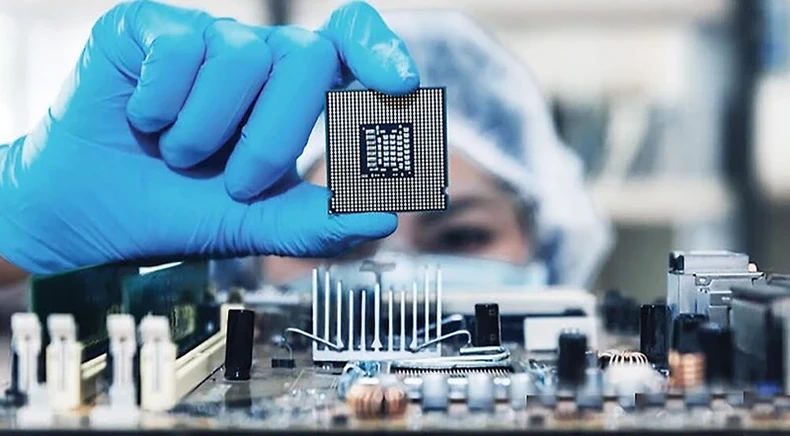





![[Photo] General Secretary To Lam and National Assembly Chairman Tran Thanh Man attend the 80th Anniversary of the Traditional Day of the Vietnamese Inspection Sector](https://vphoto.vietnam.vn/thumb/1200x675/vietnam/resource/IMAGE/2025/11/17/1763356362984_a2-bnd-7940-3561-jpg.webp)




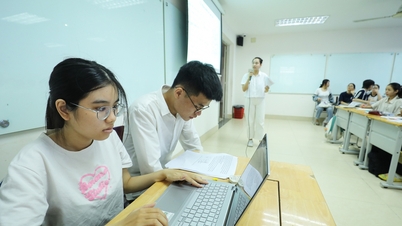

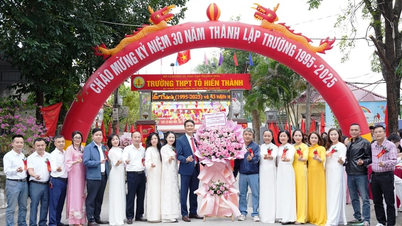

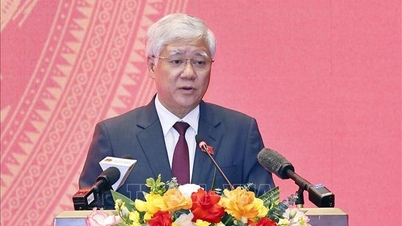


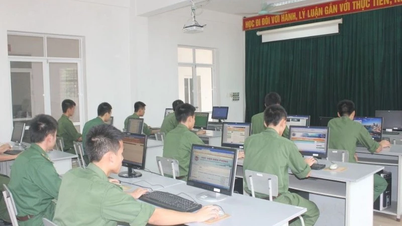
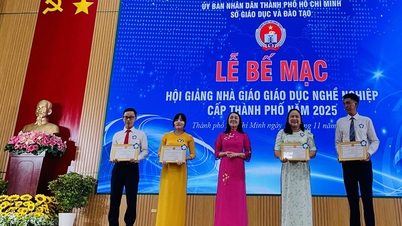




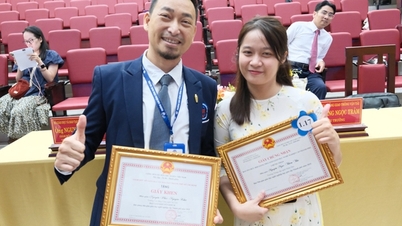




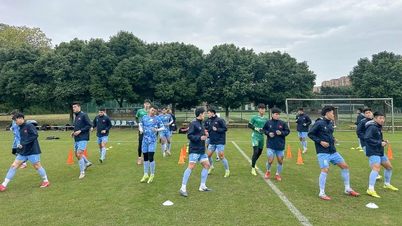



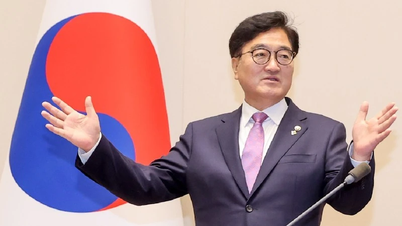

















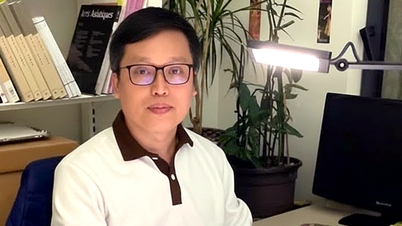



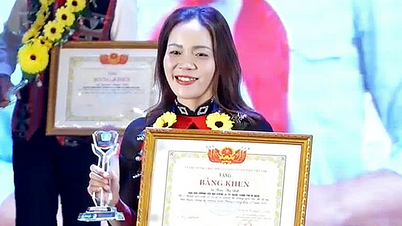

























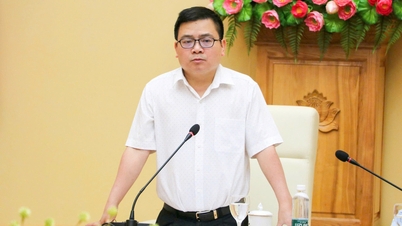










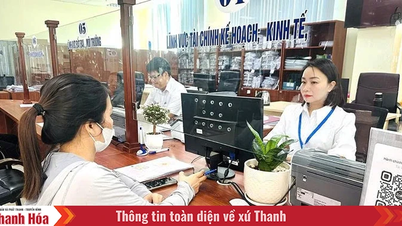

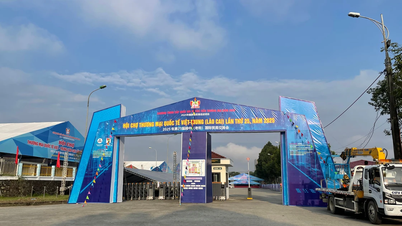

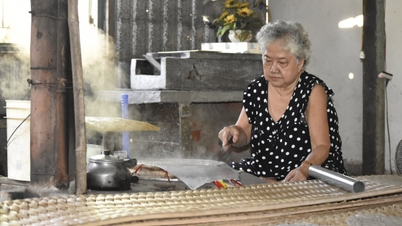

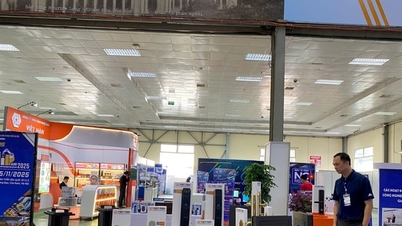









Comment (0)